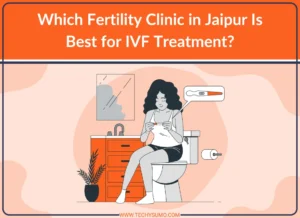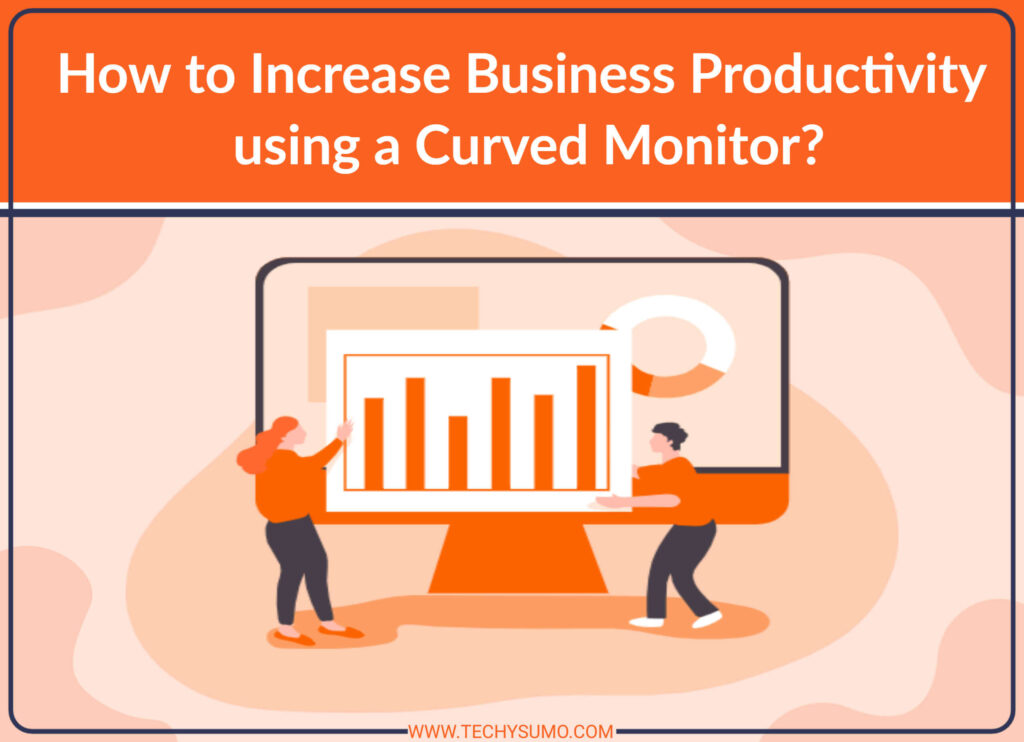Healthcare startups, clinics, and hospitals wishing to provide continuous, real-time care must invest in good remote patient monitoring software development solutions that are dependable. Particularly during the COVID-19 pandemic, the demand for virtual medical assistance surged sharply, highlighting the need for sophisticated technology linking patients and doctors. In this article, we analyze the fundamental elements for creating software for remote patient monitoring that enhances patient outcomes, speeds up care provision, and meets legal requirements.
Here are some key features to consider in remote patient monitoring software development:
Table of Contents
Communication and Telehealth
At its core, remote patient monitoring software development is about ensuring that patients and healthcare providers are in constant contact, no matter where they are. Your software needs to support secure messaging, appointment scheduling, real-time video consultations, and emergency alerts. These characteristics let healthcare providers provide virtual consultations, change treatment plans, and quickly respond to patient questions.
Combining Wearable and IoT Devices
Smooth wearable and Internet of Things device integration is essential for modern remote patient monitoring software development to be seamless. Fitness trackers, blood glucose monitors, heart rate monitors, and smartwatches all routinely gather health information. Integrating these devices to work your platform will ensure providers have access to detailed, current, up-to-date data. This integration lets healthcare professionals keep an eye on crucial indicators, including blood pressure, oxygen saturation, glucose levels, and sleep patterns.
Patient Management
Effective remote patient monitoring software development is built on broad patient management tools. Using these tools, providers can maintain detailed patient profiles including care plans, medical histories, allergies, and medication lists. This covers personalized wellness plans, medication schedule alerts, and graphical visual health trend graphs. Multi-patient environments, including chronic disease management clinics or elder care facilities, depend heavily on batch monitoring capabilities. You can check out Empeek to have a custom healthcare monitoring system designed and created from scratch.
Also Read
Compliance and Security
Handling sensitive health information requires strict compliance; this is not optional. One of the most important parts of creating remote patient monitoring software development is ensuring all data is securely stored, moved, and accessed. All of these must be implemented: end-to-end encryption, secure login systems (like multi-factor authentication), and role-based access controls. Respecting laws such as HIPAA (USA), GDPR (EU), and other local health data regulations is vital. Regular audits, data anonymizing techniques, and consent management systems can be added to further build trust and safeguard privacy.
Research and Data Analysis Reporting
Using artificial intelligence and machine learning algorithms, the system can identify trends, detect anomalies, and even identify health concerns before they become major. These observations bolster quick decision-making and preventive care. Using customizable reporting systems, healthcare professionals can also produce summaries for insurance claims, regulatory filings, and internal evaluations. Turning raw data into actionable intelligence can significantly enhance the remote patient monitoring software development process you follow.
Conclusion
As the healthcare sector keeps moving toward digital-first solutions, working with remote patient monitoring software development companies is a strong approach to delivering care outside of hospitals. By focusing on basic aspects like telehealth communication, device integration, patient management, security, and analytics, you may create a comprehensive solution benefiting patients and providers.






